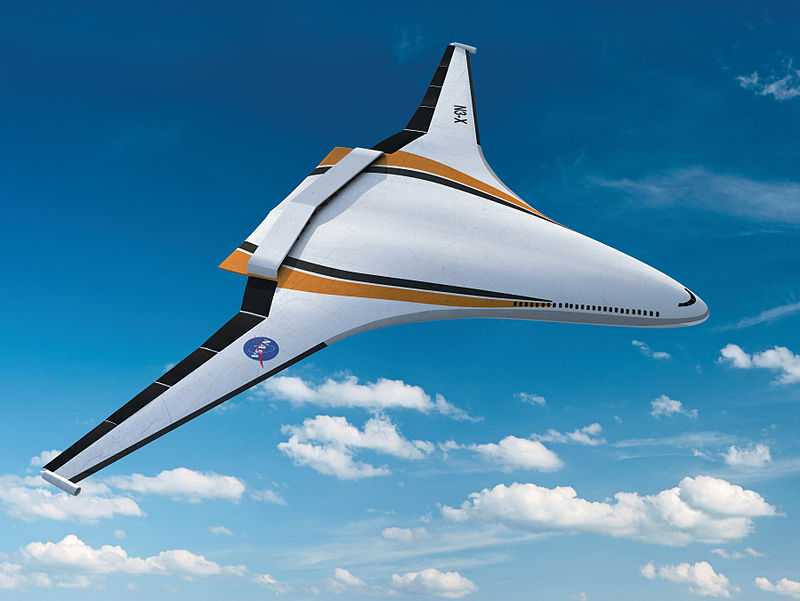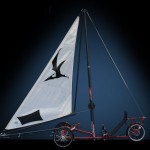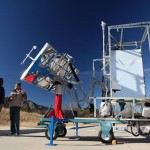“We need two billion hectares of trees to disconnect all present and past CO₂ produced through fossil fuels. The total investment to clean the air from the CO₂ pollution is therefore five trillion USD. This investment is smaller than the costs of saving the bank system since 2008. Both USA and Europe spent over six trillion USD to save their banks.”
Read more: The Treesolution, Pieter Hoff.
Image: A forest in Montenegro. Credit: Snežana Trifunović.









